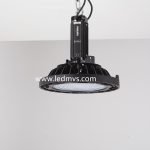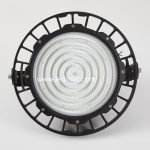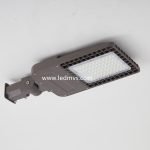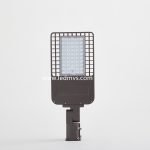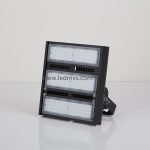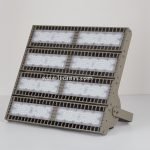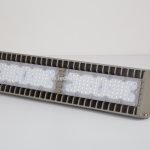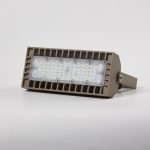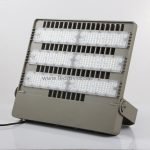Timer Dimming for LED Street Lights: What Buyers Need to Know (2025 Guide)
What Is Timer-Based Dimmi
Brighten every game with confidence. Our sport lighting solutions are built for your projects—stable, energy-saving, and ready for big challenges. For you, it means less worry, smoother installation, and long-term reliability.
From playgrounds to professional arenas, sport lighting comes in many forms. To make your selection easier, we’ve divided them into categories—so you can explore the right option at a glance.



A: Sport lighting refers to professional lighting systems designed for stadiums, courts, swimming pools, golf courses, and other sports venues. It ensures players perform at their best while spectators enjoy clear and vibrant visibility.
A: Proper sport lighting enhances visibility, reduces shadows, and creates a safe environment. It helps athletes maintain focus and improves the viewing experience for spectators, both on-site and through live broadcasts.
A: Sport lighting covers stadium lighting, tennis courts, basketball courts, playgrounds, swimming pools, golf courses, ski slopes, and skateparks. Each application requires customized brightness, beam angles, and installation solutions.
How do I choose the right sport lighting for my venue?
A: Certifications depend on the region. Common ones include CE, CB, ENEC, UL, DLC, SASO, and local sports federation requirements. These guarantee safety, performance, and compliance with international standards.
A: LED sport lights can save up to 60–80% energy while providing higher brightness, longer lifespan, and better controllability compared to metal halide or halogen lamps.
A: Yes. Modern sport lighting supports DMX512, DALI dimming and wireless smart systems. This allows for dynamic control, energy optimization, and special effects for events.
A: High-quality LED sport lighting can last 50,000–100,000 hours, depending on driver quality, heat dissipation, and maintenance practices.
A: Stadium and large-venue lighting is designed to minimize flicker, provide uniform brightness, and deliver high CRI (color rendering index) to meet HD and 4K/8K broadcasting requirements.
A: Key considerations include pole height, aiming angles, uniformity ratio, glare control, waterproof rating (IP65–IP66), and local safety regulations. Professional design ensures optimal performance.
To help you gain deeper insights into roadway engineering lighting trends and solutions, we regularly share industry knowledge and case studies. Keep reading to explore more about design, energy savings, and certifications.
What Is Timer-Based Dimmi
Outdoor Lighting Installa
Introduction – Why Upgrad
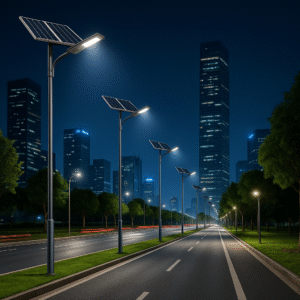
Introduction As cities an
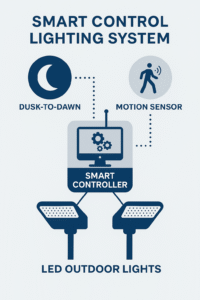
Introduction Outdoor ligh
How to Waterproof LED Lig
